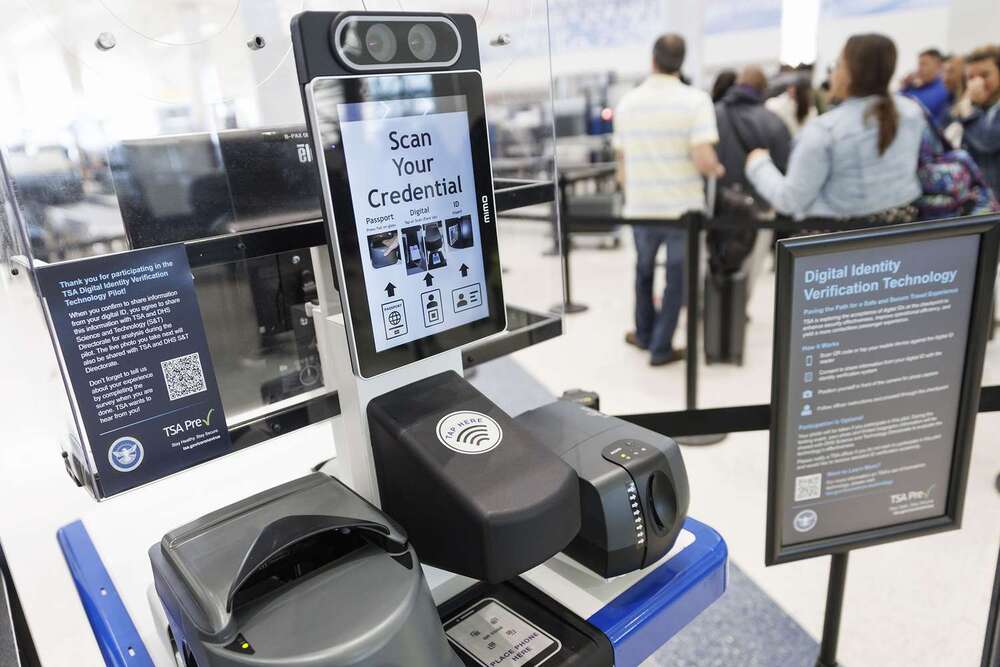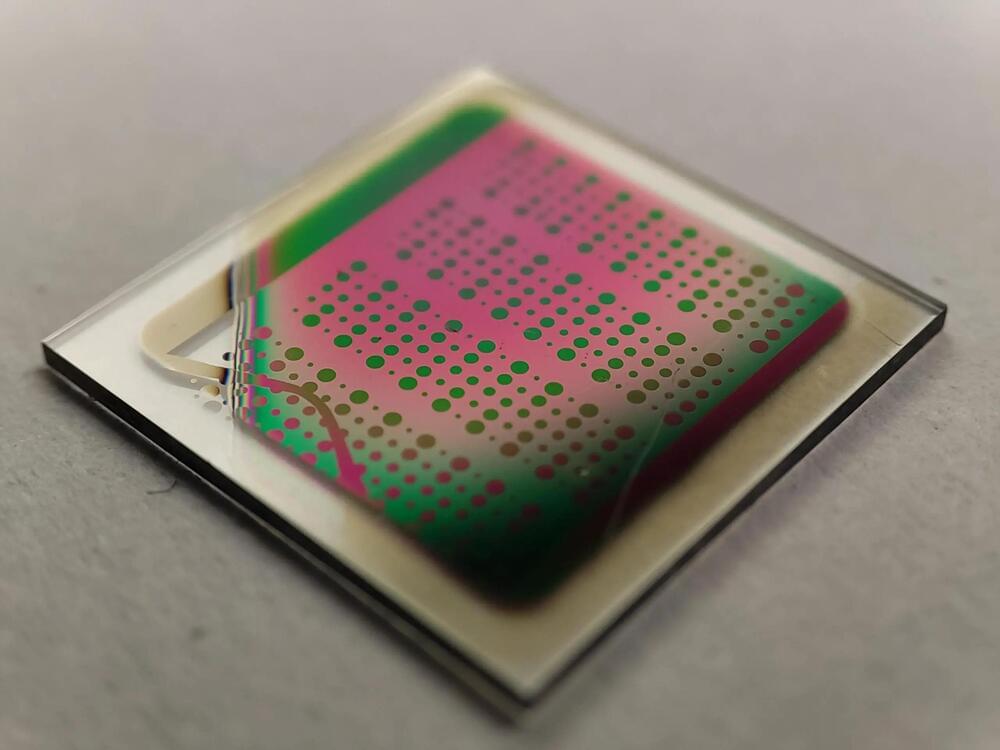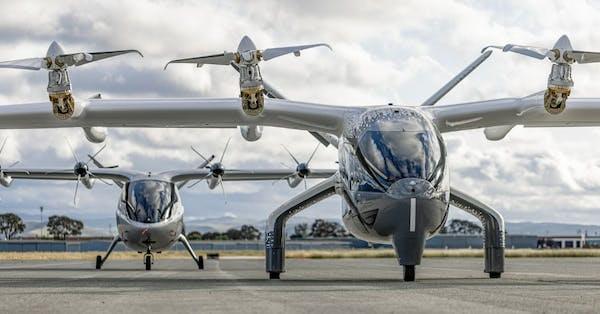New TSA screening methods will allow passengers through security without showing their boarding passes or by simply taking a picture.


35-year-old Weibao Wang was charged with stealing Apple’s trade secrets for self-driving cars and fleeing to China. Officials say Wang is still at large and if convicted faces ten years in prison for each trade secret violation. NBC News’ Dana Griffin shares the latest.
» Subscribe to NBC News: http://nbcnews.to/SubscribeToNBC
» Watch more NBC video: http://bit.ly/MoreNBCNews.
NBC News Digital is a collection of innovative and powerful news brands that deliver compelling, diverse and engaging news stories. NBC News Digital features NBCNews.com, MSNBC.com, TODAY.com, Nightly News, Meet the Press, Dateline, and the existing apps and digital extensions of these respective properties. We deliver the best in breaking news, live video coverage, original journalism and segments from your favorite NBC News Shows.
Connect with NBC News Online!
NBC News App: https://smart.link/5d0cd9df61b80
Breaking News Alerts: https://link.nbcnews.com/join/5cj/breaking-news-signup?cid=s…lip_190621
Visit NBCNews. Com: http://nbcnews.to/ReadNBC
Find NBC News on Facebook: http://nbcnews.to/LikeNBC
Follow NBC News on Twitter: http://nbcnews.to/FollowNBC
Get more of NBC News delivered to your inbox: nbcnews.com/newsletters.
#NBCNews #Apple #China

Researchers at TU Wien (Vienna) have developed a groundbreaking oxygen-ion battery, which boasts exceptional durability, eliminates the need for rare elements, and solves the problem of fire hazards.
Lithium-ion batteries, while commonplace in today’s world – powering everything from electric vehicles to smartphones – aren’t necessarily the optimal solution for all applications. Researchers at TU Wien have made a breakthrough by creating an oxygen-ion battery that offers several significant advantages. While it may not match the energy density of lithium-ion batteries, its storage capacity doesn’t diminish irreversibly over time, making it capable of an exceptionally long lifespan as it can be regenerated.
Moreover, the fabrication of oxygen-ion batteries doesn’t require scarce elements and involves non-combustible materials. The innovative battery concept has already led to a patent application, filed in collaboration with partners in Spain. These oxygen-ion batteries could provide an outstanding solution for large-scale energy storage systems, such as those required to hold electrical energy from renewable sources.
Times of 0–60 mph simply aren’t enough when you get into the peak-performance, hypercar segment of electric vehicles. The Rimac Nevera has already done an excellent job demonstrating that it’s one of the highest-performing vehicles on the planet, but any doubt should now be dissolved as the electric hypercar smashed through 23 performance records – in just a single day, a record in it of itself.
Since its founding in Croatia in 2009, Rimac Automobili has been developing some of the most exciting and technologically advanced electric hypercars. Rimac’s first EV, the Concept_One, was introduced in 2016 and is considered one of the world’s fastest production vehicles at the time, although its production consisted of a mere eight vehicles.
Rimac’s Concept_Two debuted in 2018 and eventually evolved into its production form, renamed the Nevera. As EV enthusiasts, the Nevera represents much of the potential of electric hypercars, which can significantly outperform ICE counterparts without any emissions.

CATL, a Chinese battery manufacturer, has created a condensed battery that it says could help power electric aircraft while meeting the required safety and energy standards.
The company claims the battery’s energy density is 500 watt-hours per kilogram, making it much more robust than it looks. This means that the battery can push out more power from a lighter component than the current options.
The belief is that condensed batteries will open the door to improved power systems for both electric cars and even the aviation field. Finding more efficient ways to handle power generation while also remaining lightweight is essential for both these fields, especially as electric cars try to offer longer ranges.
Just because you need one. 🤔
The Von Mercier Arosa is not a car.
The Von Mercier Arosa is aiming to be the world’s first sport luxury hovercraft.
➤ Subscribe to the channel so you get notified for new exciting videos here: https://bit.ly/36EW8hV
➤ You can also visit the online store of the best Tuning Parts you can get at CHILINGTUNING
https://www.chilingtuning.com

The feature image you see above was generated by an AI text-to-image rendering model called Stable Diffusion typically runs in the cloud via a web browser, and is driven by data center servers with big power budgets and a ton of silicon horsepower. However, the image above was generated by Stable Diffusion running on a smartphone, without a connection to that cloud data center and running in airplane mode, with no connectivity whatsoever. And the AI model rendering it was powered by a Qualcomm Snapdragon 8 Gen 2 mobile chip on a device that operates at under 7 watts or so.
It took Stable Diffusion only a few short phrases and 14.47 seconds to render this image.
This is an example of a 540p pixel input resolution image being scaled up to 4K resolution, which results in much cleaner lines, sharper textures, and a better overall experience. Though Qualcomm has a non-algorithmic version of this available today, called Snapdragon GSR, someday in the future, mobile enthusiast gamers are going to be treated to even better levels of image quality without sacrificing battery life and with even higher frame rates.
This is just one example of gaming and media enhancement with pre-trained and quantized machine learning models, but you can quickly think of a myriad of applications that could benefit greatly, from recommendation engines to location-aware guidance, to computational photography techniques and more.
We just needed a new math for all this AI heavy lifting on smartphones and other lower power edge devices, and it appears Qualcomm is leading that charge.

OTTAWA, May 15 (Reuters) — Automaker Stellantis (STLAM.MI) has stopped all construction at a more-than C$5 billion ($3.74 billion) electric vehicle battery manufacturing plant in Windsor, Canada, over a disagreement with the federal government about subsidies, a spokesperson for the company said on Monday.
“Effective immediately, all construction related to the battery module production on the Windsor site has stopped,” the spokesperson said.
Canada’s industry ministry did not immediately respond to a request for comment.

In San Francisco, where two major companies are testing driverless taxis, some local officials are reporting that the vehicles have caused a number of issues, including rolling into fire scenes and running over hoses. NBC News’ Jake Ward reports.
» Subscribe to NBC News: http://nbcnews.to/SubscribeToNBC
» Watch more NBC video: http://bit.ly/MoreNBCNews.
NBC News Digital is a collection of innovative and powerful news brands that deliver compelling, diverse and engaging news stories. NBC News Digital features NBCNews.com, MSNBC.com, TODAY.com, Nightly News, Meet the Press, Dateline, and the existing apps and digital extensions of these respective properties. We deliver the best in breaking news, live video coverage, original journalism and segments from your favorite NBC News Shows.
Connect with NBC News Online!
NBC News App: https://smart.link/5d0cd9df61b80
Breaking News Alerts: https://link.nbcnews.com/join/5cj/breaking-news-signup?cid=s…lip_190621
Visit NBCNews. Com: http://nbcnews.to/ReadNBC
Find NBC News on Facebook: http://nbcnews.to/LikeNBC
Follow NBC News on Twitter: http://nbcnews.to/FollowNBC
Get more of NBC News delivered to your inbox: nbcnews.com/newsletters.
#SanFrancisco #DriverlessCars #Cars